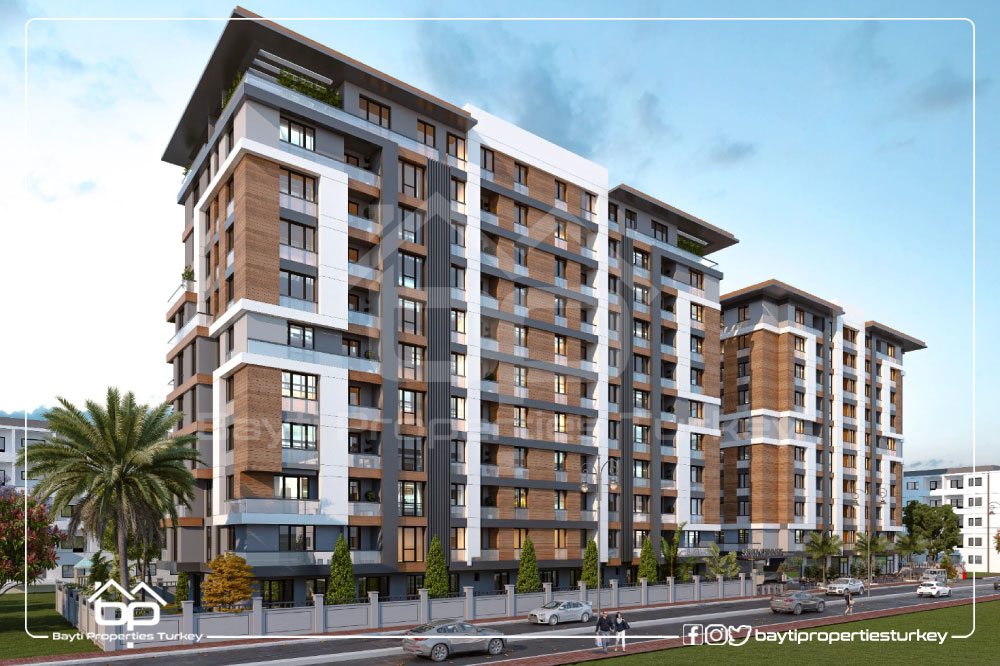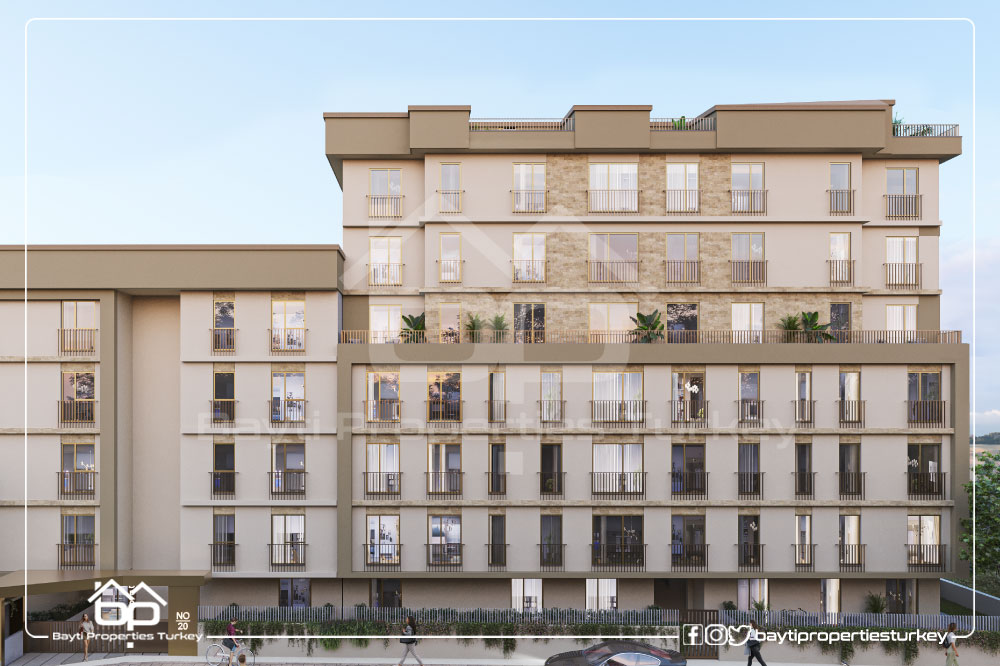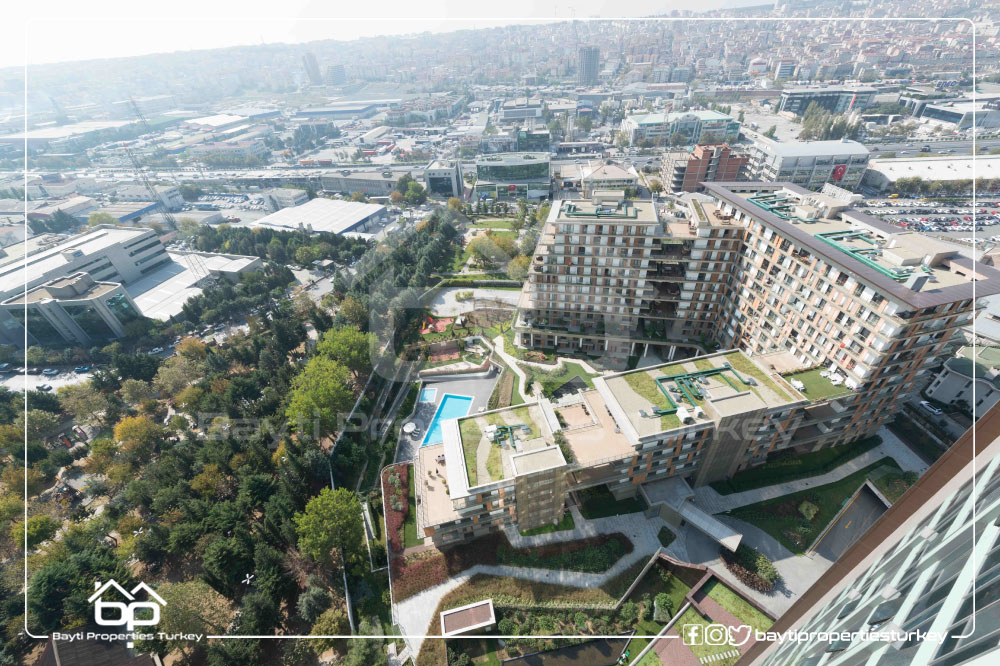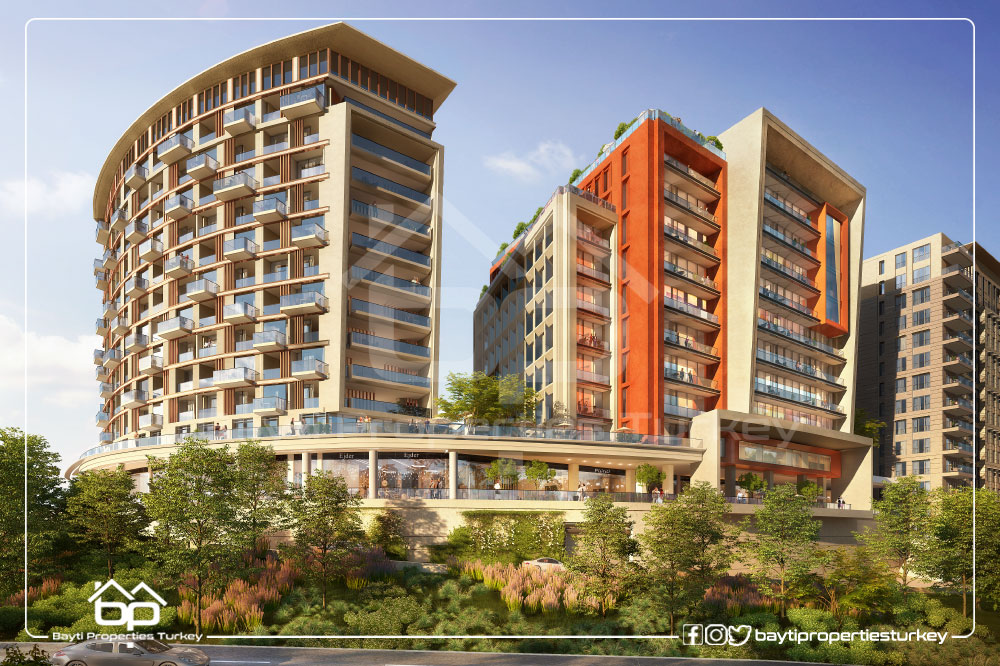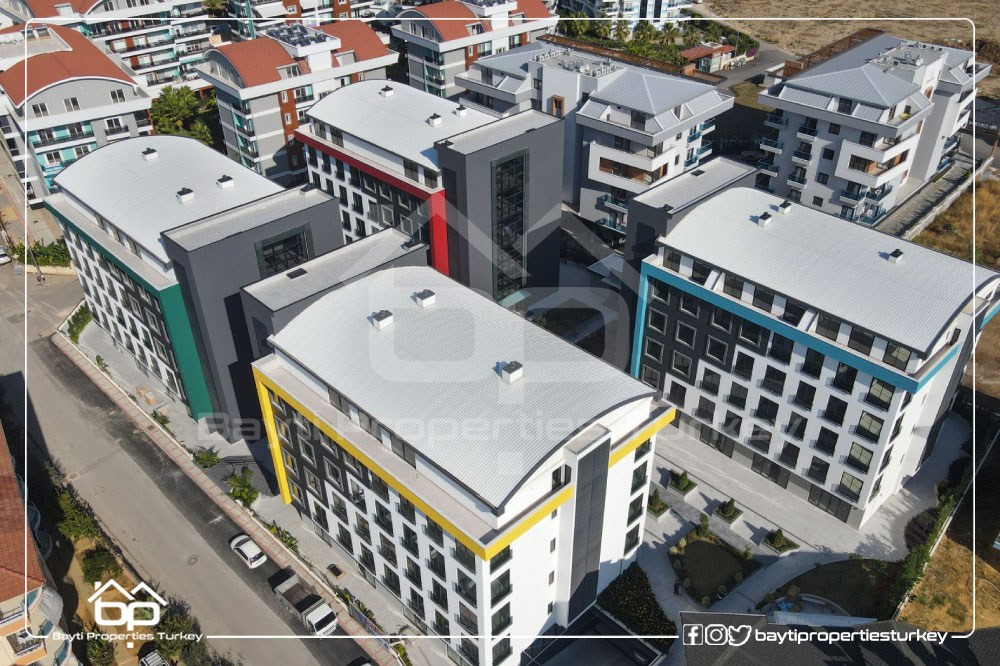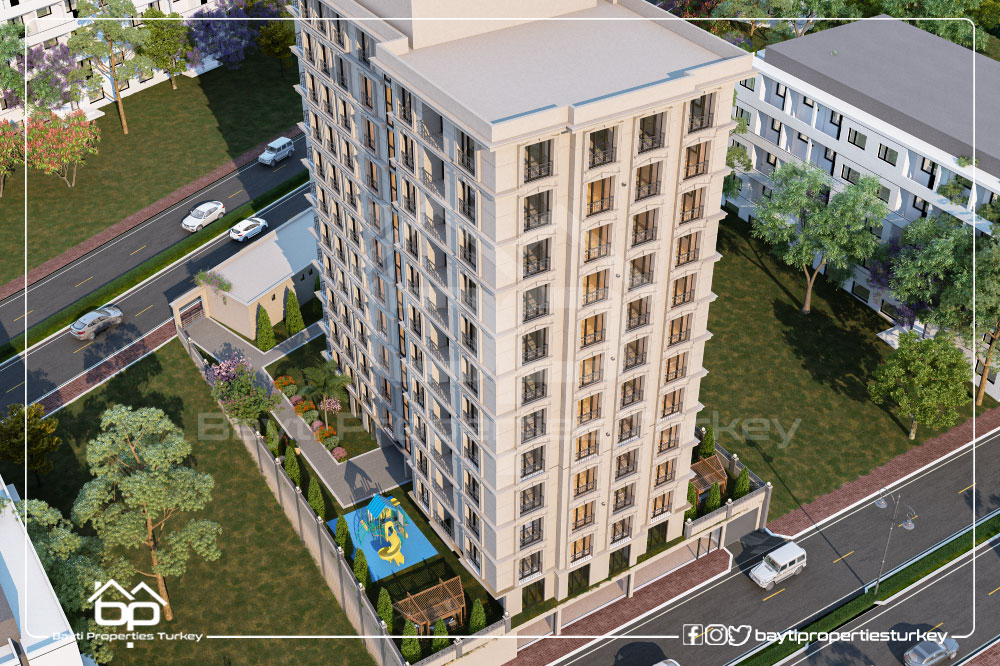What do you know about the covered market in Istanbul?
The Grand Bazaar in Istanbul is one of the oldest closed covered markets. It was built in the beginning of the fifteenth century by order of Sultan Mehmed I, to be expanded after that during the reign of Sultan Suleiman the Magnificent.
The market, as is the case with all the monuments of Istanbul, was destroyed as a result of successive disasters such as earthquakes, fires, and it was restored many times before taking its final form known today. Next to it is the “Egyptian Spice Market”, which is the second largest market in Istanbul after the Grand Bazaar.
Grand Bazaar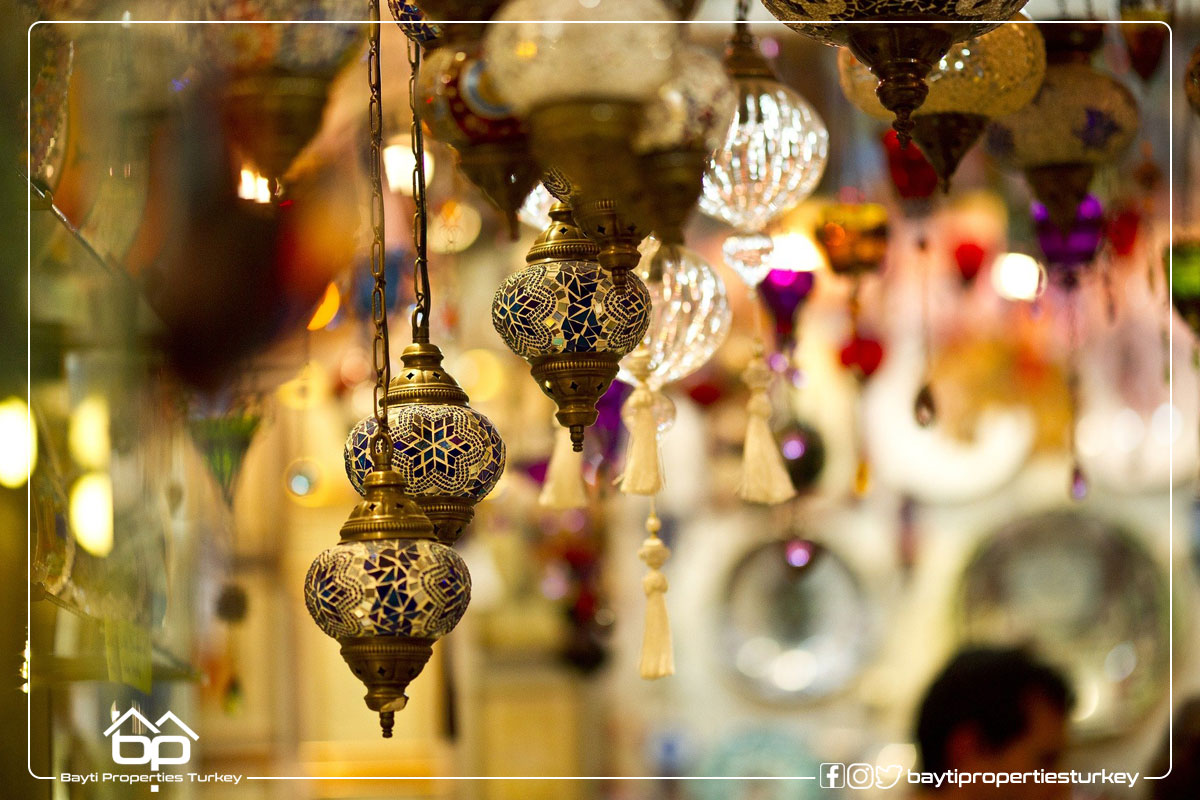
In the era of the Ottoman Empire, this bazaar was the heart of the city and its first commercial acceptance, and it is still today the beating heart of tourism, as it annually attracts nearly half a million tourists and visitors wishing to learn about the city’s history and atmosphere and enjoy a unique shopping experience.
The bazaar includes 60 streets, 16 doors, and nearly 5,000 shops, in addition to many restaurants, Ottoman kitchens and cafes, so we do not advise you to visit it without a guide or map, otherwise it is certain that getting lost in its maze will be your share.
And because it is a closed market, it is distinguished by its ceiling covered with arches, often decorated in blue
As for his merchandise, it specialises in selling traditional goods dating back to the Ottoman era, such as leather, sweets, jewellery, and others.
The spice market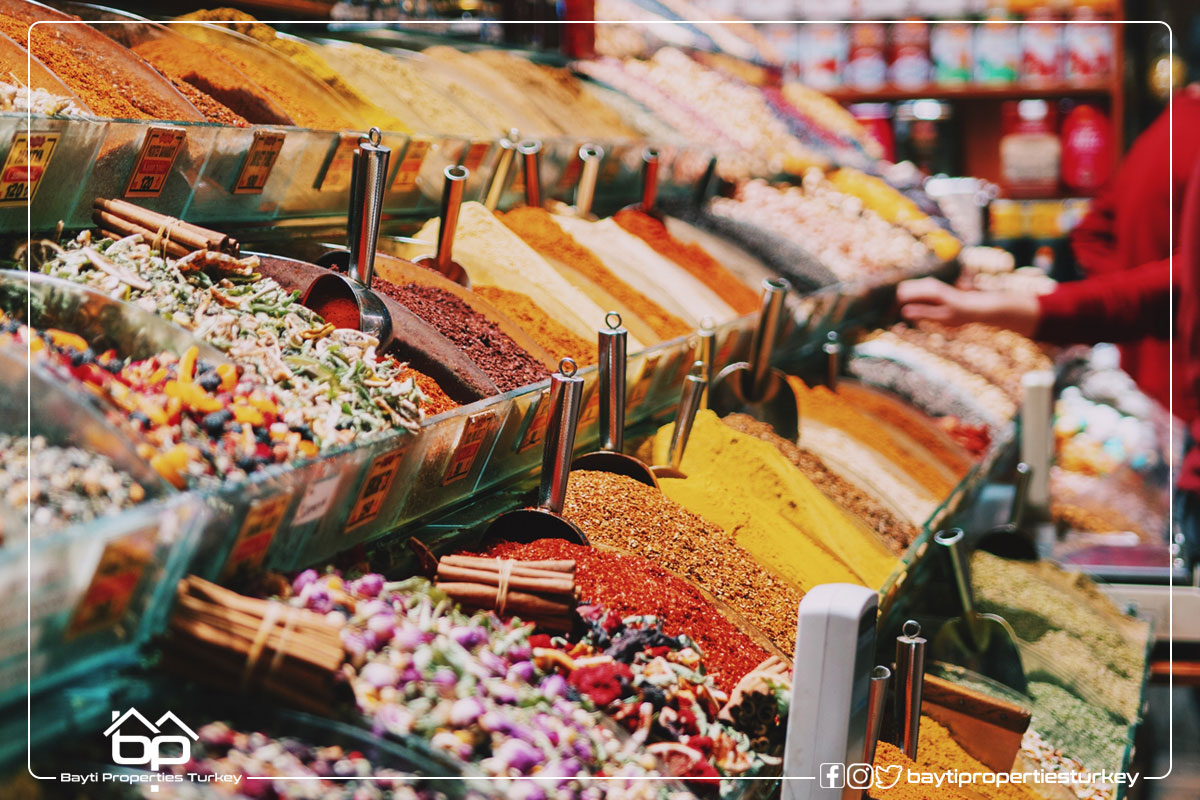
It was built by order of Sultan Murad III at the end of the sixteenth century AD, in order to finance the construction of the new mosque, located opposite the market.
It was called the Egyptian market because the coffee and spices that used to come to it from India and South Asia were imported from Egypt to Istanbul via the Mediterranean.
The Egyptian market remained specialised in selling herbs and folk medicines until the period after the Second World War, when the government was forced to introduce the sale of basic foodstuffs to it due to the economic crisis that the country experienced during that period.
The market has six entrances and contains about 140 shops, and extends from its main entrance located southwest of the new mosque in the shape of the letter L.
As for the merchandise of the market, part of it is for gold, gifts, and clothes, and most of it is for nuts, sweets, spices, herbs, and various foodstuffs. The market is also distinguished, in addition to its name, that most of the workers in it are also Arabs or those who speak Arabic.
The Egyptian Market is located in Istanbul opposite Eminonu Port, near the New Mosque, and is easily accessible by tramway.
The Egyptian market is a real pleasure for visitors due to its cultural diversity, its vendors, and cheap prices.


